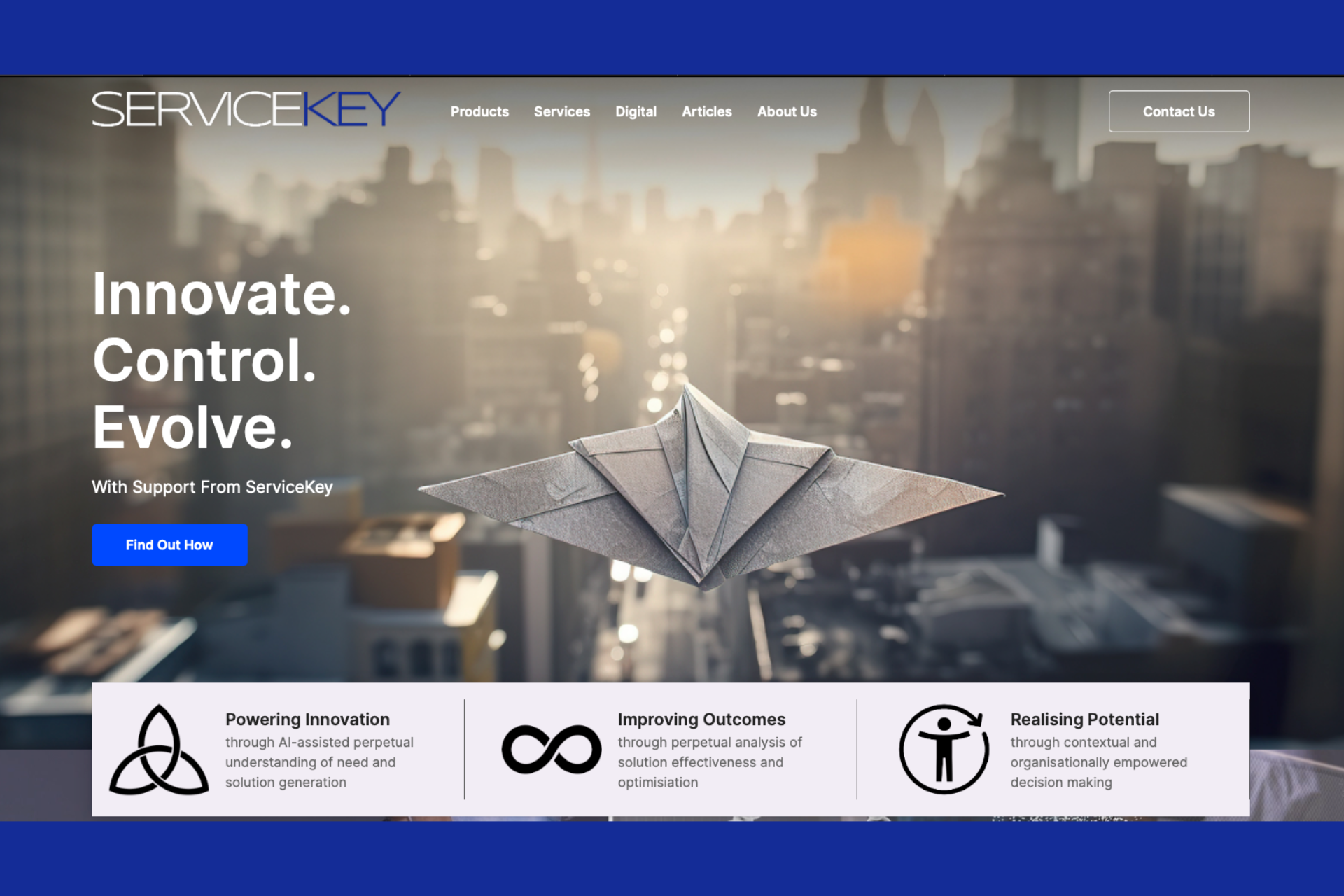Achieving customer satisfaction once isn’t enough. Organisations need to adapt and evolve to continually meet the ever-changing needs and expectations of their customers. At the heart of this ongoing evolution stands ServiceKey’s Outcome Based Design (OBD) methodology. With its dual principles of perpetual evaluation and continuous improvement, OBD serves as a cornerstone for businesses aiming to maintain consistent excellence. This article dives into these principles and underscores their significance in continually meeting customer outcomes effectively.
The Principle of Perpetual Evaluation: A Lifelong Commitment
Perpetual evaluation, as the name suggests, is about continuous scrutiny. In the context of OBD, it embodies a persistent commitment to ensure that solutions don’t stagnate but evolve to align with current requirements.
This principle is rooted in the understanding that both market dynamics and customer needs are fluid. Solutions that are effective today might not retain their relevance tomorrow. Therefore, a system that consistently revisits and re-assesses these solutions is imperative. OBD, with its emphasis on perpetual evaluation, ensures that businesses are always attuned to the current scenario and are ready to adjust and adapt their strategies accordingly.
Continuous Improvement: Evolution at Every Step
While perpetual evaluation focuses on consistent monitoring, continuous improvement is about action. It’s the engine that drives the evolution of solutions based on insights gained from these evaluations.
Continuous improvement involves meticulous data analysis, simulation of potential outcomes, and the implementation of changes to enhance effectiveness. The OBD approach champions the belief that there’s always room for improvement. Whether it’s refining a solution based on new customer feedback or leveraging innovative technology to enhance a product’s features, continuous improvement ensures that businesses remain ahead of the curve.
Moreover, continuous improvement isn’t just a reactive process in OBD; it’s proactive. It anticipates potential shifts in customer needs or market dynamics, ensuring that businesses are not just responding to change, but often leading it.
Synergy of Perpetual Evaluation and Continuous Improvement: Meeting Customer Outcomes
When perpetual evaluation and continuous improvement work hand in hand, they create a powerful framework for businesses to deliver unparalleled value to their customers. By constantly monitoring the effectiveness of solutions and making informed adjustments, organizations can consistently meet and often exceed customer expectations.
This dynamic approach ensures that customers aren’t just satisfied with a one-time solution but are continually engaged with products or services that evolve to meet their shifting needs. The resulting customer loyalty, enhanced brand reputation, and increased market share underscore the tangible benefits of these OBD principles.
Furthermore, in an era where customer feedback is immediate and widespread thanks to digital platforms, the ability to promptly act on this feedback by incorporating it into solution design is invaluable. OBD’s principles facilitate this rapid, data-driven action.
Conclusion
In a world characterized by change, static solutions are a recipe for obsolescence. ServiceKey’s Outcome Based Design (OBD) methodology, with its emphasis on the principles of perpetual evaluation and continuous improvement, offers organisations a roadmap to navigate this dynamic landscape successfully. By committing to ongoing assessment and iterative evolution, businesses can ensure they are always delivering solutions that resonate with their customers’ needs, fostering lasting relationships and sustained success.





